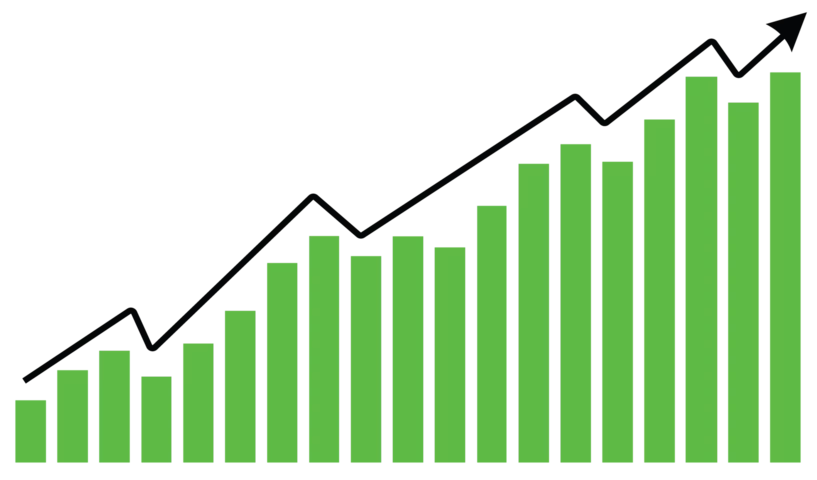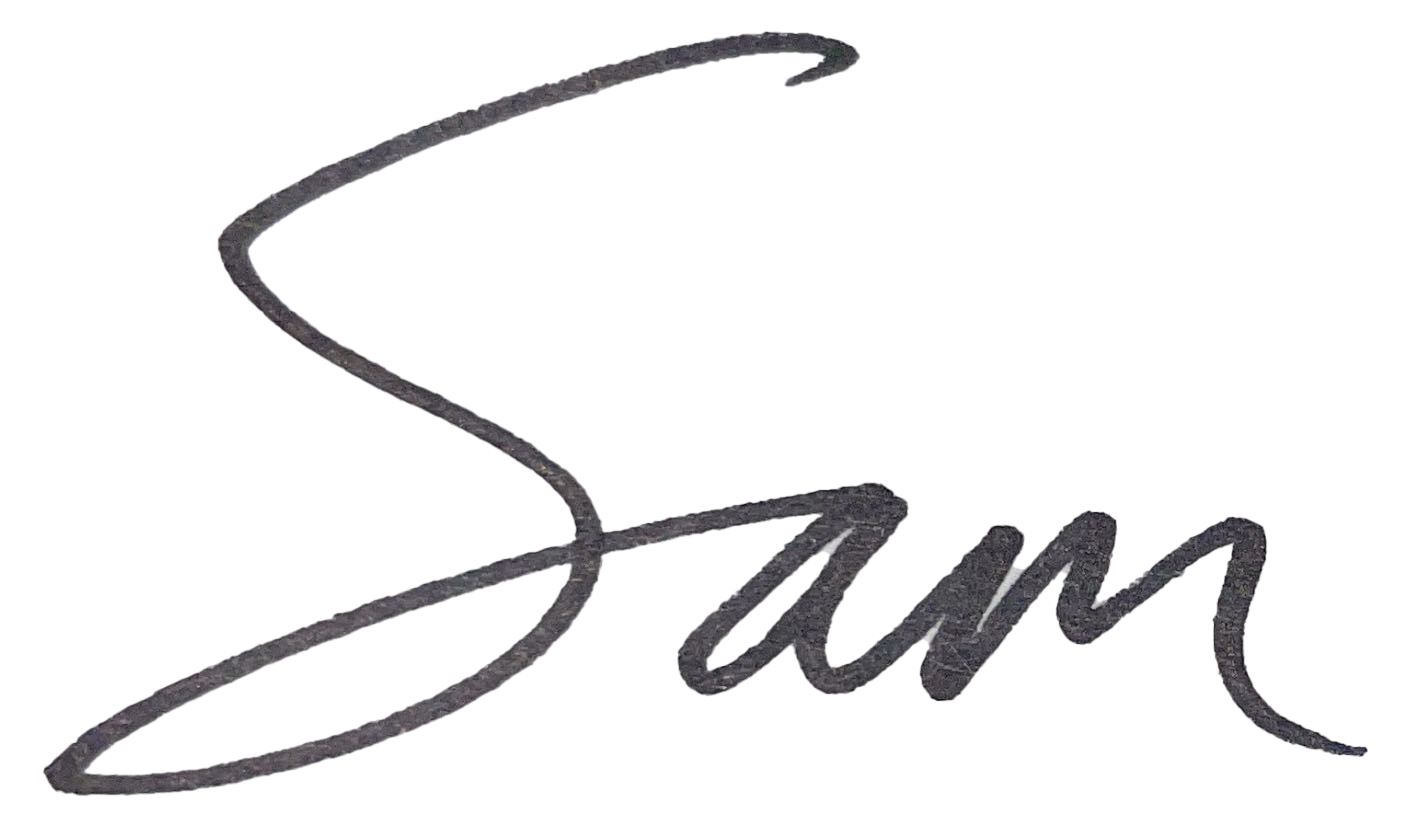
Hi, I'm Sam Morton
On this site, I provide access to everything I've learned about becoming a highly-effective E-mini S&P 500 Futures trader and show you how to do the same.
This is not my only business
I’ll show you how you can work my trading strategy into your day-to-day routine. Applying a set of rules to the trading process means you can choose to be hands off and focus on other things during the day.
No quick and easy shortcuts
It’s common in the trading community to find claims of quick wins and shortcuts. A magic formula or a silver bullet. Chasing these shortcuts often leads to failure, though. I teach how to focus on a solid trading process and take the bad with the good. And how to develop discipline.
Freedom > Money
For me, learning to trade effectively isn’t all about the money. It’s about freedom. When you develop a skill you can use across other markets, you essentially are buying time. And then you can use your time on your own terms. And the bonus is that pulling dollars out of the market can be fun.
Who is Sam Morton and how does he know about this stuff?
I haven’t spent decades trading.
I stepped foot on a trading floor only once (almost three decades ago), when visiting a trading friend of mine on his lunch break. It was at the Chicago Mercantile Exchange.
I (almost) blew up two trading accounts when I first started on this trading journey.
So, why am I telling you this? Because I suspect that you may be a lot like me. Odds are, you’re a regular guy or gal. You probably have a day job, and you might have a family – and maybe a dog or two and a white picket fence along your front yard. You’re interested in doing this thing called “day trading” to pull in a little more money on the side. And maybe more specifically, you want to day trade the E-mini S&P 500 futures. And the odds are even higher that you don’t have decades of experience in active trading. I can relate.
Maybe you’ve started a trading account and tried your hand at pulling a few ES points out of the market each day. And I’ll also assume that you’ve probably experienced some bad trades at times or even blew up your account. Like, for example, you let a trade get in the red so deep that you started inventing different reasons for why you entered the trade in the first place… and before you knew it, you wiped out a portion of your account after only a handful of bad trades like that. Does this sound familiar? If so, I am sorry for your loss – again, I can relate. But if you’re ready to start again with a fresh outlook on trading, I can offer some options for you, pun intended.
What is Ticks & Trades About?
First, I want to share what I have learned about the market over the years – specifically, trading the E-mini S&P 500 futures – with anyone who is willing and able to learn. The Tricks & Trades philosophy is Simplified Trading for Everyone. Trading is a great way to earn money if you know what you’re doing. And it can be fun too.
For several years, I was frustrated that I couldn’t maintain consistent profits with my futures trading. I’d do great for a couple weeks and then lose all the gains from the previous two weeks with one bad trade. And I’d get into the rut of repeating that process over and over again. If any of my friends asked how my trading was going, I usually said I was treading water. And any major losses that I incurred, I called “tuition” – the price you pay at the School of Hard Knocks.
But once I established a process that worked, trading became fun. This site is the culmination of what I’ve learned in developing that process. If you’re interested in learning more about my story, I share the details of where I was and how I got to where I am today farther below. But the short story is that I’ve made this site to give others the opportunity to follow the same process I’ve developed, while avoiding all the mistakes I’ve made.
The E-mini Trading 101 course is the first step in learning the process. In the course, I teach you everything I’ve learned about how to read the charts and interpret what you’re seeing in real time. There are many tools used to determine where high-probability trades exist. The Daily Recap videos posted daily on YouTube simply scratch the surface of the tools and resources that can be used. If you know where to look, whole worlds of opportunities open up.
If you’ve watched any of the Daily Recap videos on YouTube, then you’ve probably noticed that there are levels in the SPY that are calculated every morning before the market opens. These formula-derived levels are the basis for entering and exiting trades in the E-mini futures. These Daily Levels are the second part of the process. The training material in the E-mini Trading 101 course and the Daily Levels go hand in hand.
When you subscribe to the Daily Levels, you'll gain access to the members section of this site which includes additional resources. Every morning (when the equities market is open for trading), the Daily Levels are available to members. The levels are posted in the Member's section before the market opens, usually by 9:00 AM Eastern. With the Daily Levels and the knowledge gained from the material in the E-mini Trading 101 course, you’ll have the tools needed to effectively trade the E-minis on your own time.
Check out the Course Page to learn more about what to expect from the E-mini Trading 101 course and the Daily Levels Subscription.
Discovering the E-mini Futures

Back to the Drawing Board

Some More Background and a Peek Into the Mindset Needed to Trade Effectively

